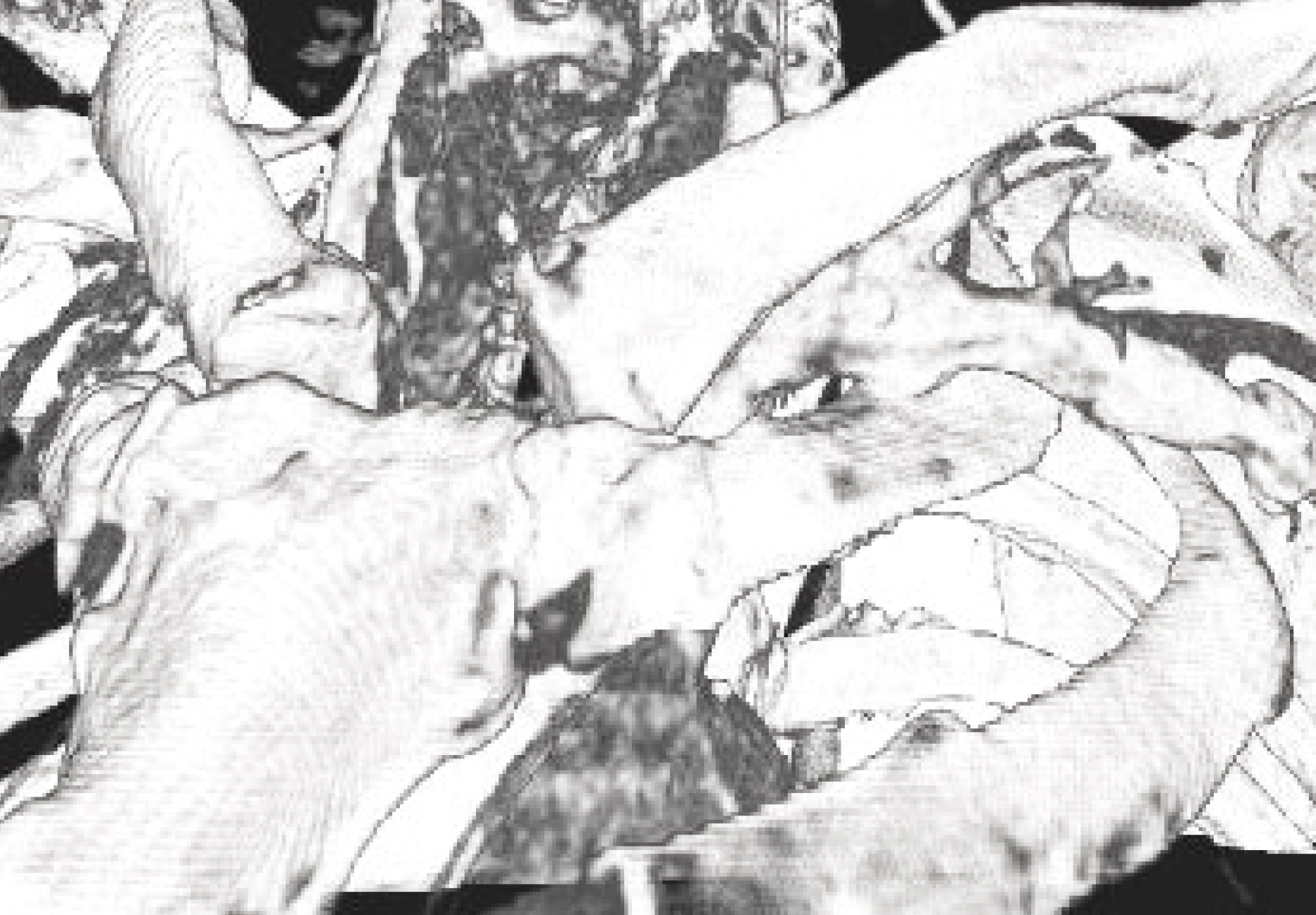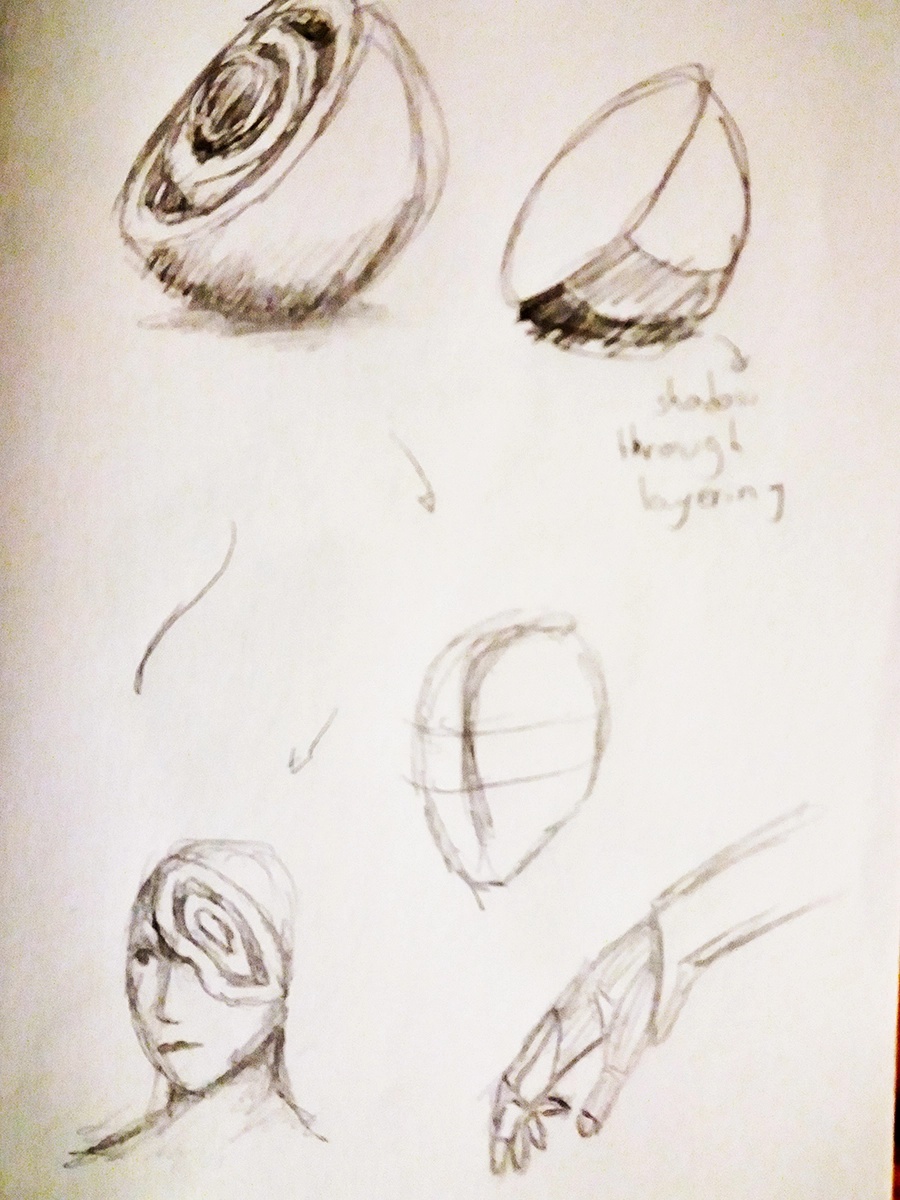MedicVR — Iteration 1: Part 3
Building the Core: Prototype and Identity
This page presents the development of the software's prototype and visual identity. It shows how the prototype demonstrates the core functionality for interacting with MRI data and explains the design elements, including shapes and branding, that define the look and functionality of the software.
Software & Prototype
The software processes MRI scans by stacking individual slices of 2D images on top of each other in a sequential order. Each slice represents a thin cross-section of the scanned object (e.g., a human body part), and when all slices are aligned, they form a volumetric dataset. This dataset acts as the foundation for creating a 3D model. To transform the stacked slices into a 3D model, the software uses a raycasting method. The Prototype and software was completely made by the Faculty 05 (Fachbereich 05 - Elektrotechnik und Informationstechnik) This technique works as follows:

Ray Emission: Virtual rays are cast from the user’s viewpoint into the stacked dataset. These rays traverse through the layers of pixels (voxels in 3D space) within the volumetric data.
Pixel Sampling: As the rays pass through the dataset, they sample the pixel values (e.g., density or intensity) from each layer. These values correspond to the properties of the scanned tissue or object.
Rendering: The sampled pixel values are combined and rendered as a continuous 3D surface. The software maps the intensity values to colors and opacity, allowing users to see detailed structures within the data.
Interaction: Users can interact with the 3D model by rotating, zooming, or isolating specific layers. This interactivity provides a deeper understanding of the volumetric data and its spatial relationships.
Due to time constraints during this iteration, the interface could not be fully implemented as envisioned in the design phase. The current prototype reflects the foundational concepts, with further refinements planned for future development cycles.
The IDENTITY and interface of MedicVR
The brand identity of the software was developed through an iterative sketching process, focusing on creating a visual language that reflects the software’s purpose and functionality.
The sketches explored the concept of “cutouts,” where shapes were layered and interlinked to create a sense of depth and modularity. These cutouts symbolized the layered structure of volumetric MRI data and the ability to interact with individual slices or components within the software.





